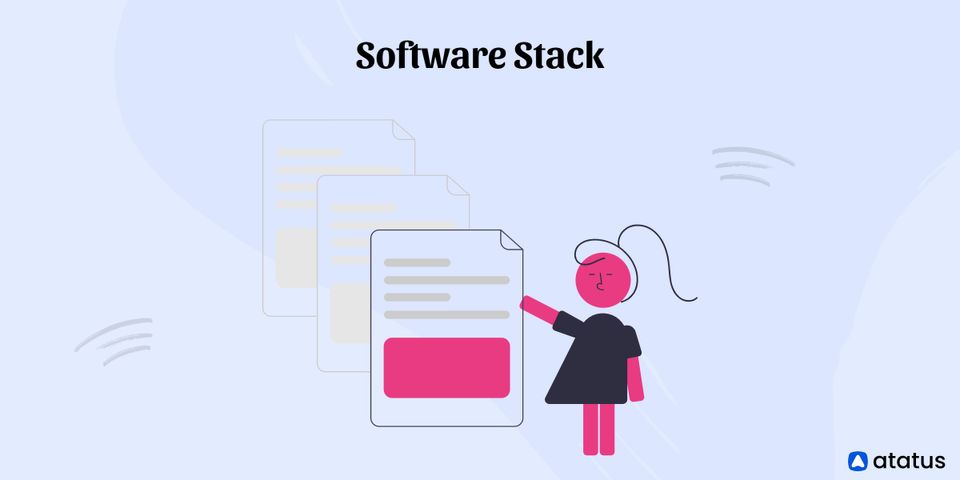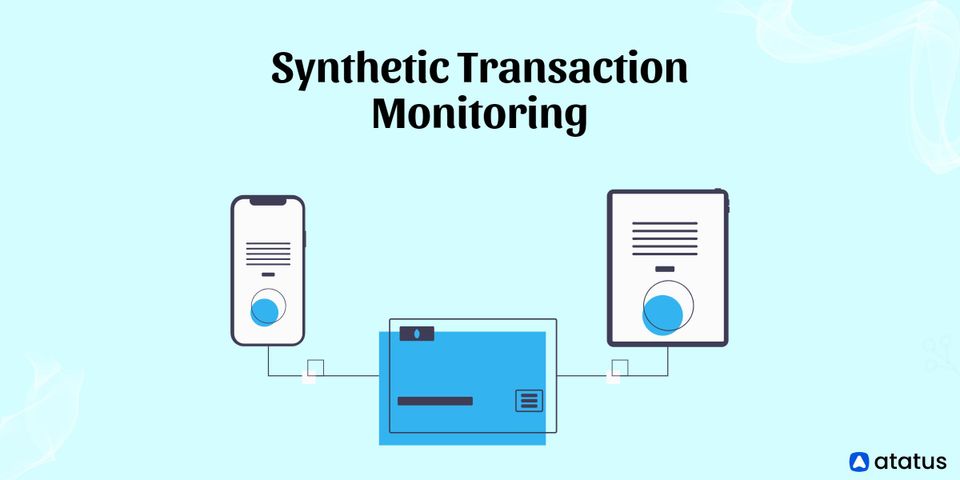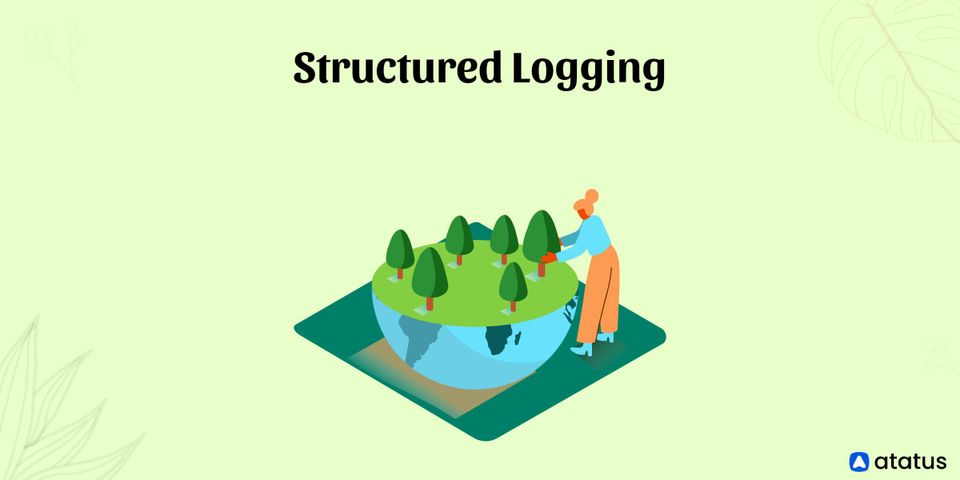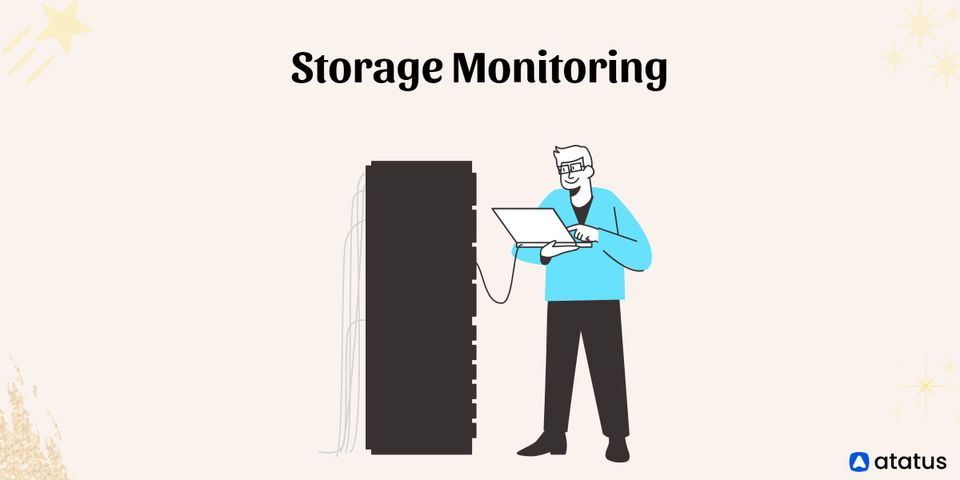When developing a software product for your company or startup, you'll have to make a lot of essential decisions. What are the most important features to your customers? What is the scope of the project's budget? What platforms will your product be available on, such as mobile applications for iOS and Android devices or a website? In addition to these issues, you should think about the technology that will be utilized to develop and run your project, which is referred to as a "Software Stack."
We will go over the following:
- What is Software Stack?
- Software Stack vs. Technology Stack
- Few Common Stacks
- Examples of Popular Software Stacks
- Why is Software Stack Important?
What is Software Stack?
A software stack, also known as a technology stack or a development stack, is a collection of technologies, frameworks, and tools used to create and maintain software. It's easy to picture each piece of technology "stacked" together (like a software sandwich), with each piece interacting with the layers above and below it to form a complete product.
The standard stack is divided into three parts that help to clarify the stacking and communication concept.

The user-facing (or frontend) component is the first. This component includes the user interface and is responsible for everything the end-user sees as well as understanding and sending up the stack any actions the user wants to take in the application. Frontend components can be created using HTML, CSS, and Javascript, as well as newer frameworks like React.js, Angular.js, and Vue.js.
The server (or backend) component is the next layer in the stack. The backend is in charge of processing information supplied from the frontend and storing it in the database (the next layer). The backend serves as a conduit between what the end-user sees and the actions taken behind the scenes in response to user inputs.
Backend components can be developed using a variety of popular and tried-and-true technologies, ranging from PHP and Python to newer frameworks like Node.js and Ruby on Rails.
The database or data storage component is the last layer in the stack. From MongoDB or SQL databases to newer technologies like Redis, this can take numerous shapes. All of these technologies perform the basic but critical function of a database tool: securely storing and retrieving application data for frontend and backend use.
Software Stack vs. Technology Stack
Several terminologies may be used by developers when discussing the sets of tools that are used to support an application. Software stack, technology stack, and solution stack are the most frequent.
While these phrases may appear to be similar, differentiating between them can help you better understand software stack components and their roles in enabling a variety of applications.
"Solutions stack" and "technology stack" are nearly interchangeable. Both terms refer to the entire range of technologies and solutions used to support application delivery. This covers both software and hardware components, as well as real IT infrastructure.

Networking, load balancers, storage, servers, virtual machines, operating systems, middleware, execution runtime, data, and the application itself make up a whole technology stack. There are numerous software developers.
A software stack is made up of all of the software components required to run an application. Installable files, patches, product software definitions, programming languages, coding frameworks, database tools, operating systems, runtime environments, web servers, client interface tools, messaging applications, and other software products are examples of these.
Many developers today rely on public cloud service providers to offer the cloud infrastructure they require to run their applications.
A developer might, for example, use Amazon Web Services (AWS) to provide storage, servers, and virtualization capabilities for a specific application. When this is the case, the cloud service may be regarded as a component of the software stack, even though its primary function in application delivery is to abstract hardware infrastructure.
Few Common Stacks
The following are a few common back-end stacks that you may need one over the other:
- Bitnami-Hosted Stack
Several stacks are required to deploy the application in the cloud or on your server, and those stacks are provided by the bitnami-hosted stacks, also known as the cloud-based library. These are the packages that can be downloaded in only a few seconds. - Django Stack
We need a Django stack that encourages rapid development and simplifies software installation so we can focus less on the backend and more on the business plans. - Hadoop Software Stack
The Hadoop software stack is made up of several components or subprojects that make it difficult to install and manage. - Ruby Stack
For the development and production of high data applications, Ruby stacks are required. It's a ready-to-use stack with a fantastic development environment that allows applications to run quickly and effortlessly.
Examples of Popular Software Stacks
Many software stack components are chosen frequently enough that their names or an acronym describing their core components have become well-known. Listed below are a few examples of typical enterprise software stacks.
- The MEAN Stack
The MEAN stack (MongoDB, Express.js, AngularJS, and Node.js) is a JavaScript-based stack that includes the MongoDB database, the Express.js backend framework built on top of Node.js, and the AngularJS frontend framework. The MEAN stack's software is all free and open-source, making it simple to understand and utilize. Developers may share and optimize code between the frontend and backend components because it's a front-to-back Javascript stack. - The MERN Stack
The MERN stack (MongoDB, Express.js, React.js, and Node.js) is a popular variation of the MEAN stack that substitutes Angular.js with React.js, a Facebook-developed open-source Javascript library. Since React is a library, it comes with fewer features out of the box than other frontend frameworks, but it has a significant number of third-party libraries to supplement it. The MERN stack, like the core MEAN stack, is a front-to-back Javascript stack that allows developers to reuse and optimize code across the frontend and backend. - The MEVN Stack
Another popular form of the MEAN stack is the MEVN stack (MongoDB, Express.js, Vue.js, and Node.js), which replaces Angular with Vue.js, a lightweight Javascript framework with limited capabilities. Vue, like React, relies on a huge developer community to generate third-party add-ons and tools that extend the core framework's capabilities and provide new features. - The LAMP Stack
The LAMP stack (Linux, Apache, MySQL, and PHP) is a tried-and-true open source software stack that has been used in a variety of projects, including some of the largest in the software industry. The LAMP stack is commonly utilized by prominent Content Management Systems (CMS) such as WordPress and Drupal, as well as by some of the top domain providers as the fundamental software stack for web hosting.
Why is Software Stack Important?
The way you create your tech stack has a big impact on your business: what kind of products you can make, how efficient you can work, and even what kind of engineers you can hire.
Some solutions reduce time but allow for less customization, while others are better for specific audience segments, and yet others are more scalable but require more ongoing maintenance. However, you may put together a stack that will match your current demands while also evolving as your company grows.
Start with tools that can scale as you grow if at all possible. Many well-known backend systems, such as AWS, allow you to add new servers as needed rather than estimating usage and paying for capacity in advance.
Try to invest in choices with minimal switching costs or price tiers for utilities and business applications that aren't part of your primary product to support future expansion.
For example, a small eCommerce business might start with a low-cost Shopify plan, which can easily be upgraded to Shopify Plus as the business expands, or transition to a custom website that they can now afford to manage.
The product analytics tools you add to your stack should be chosen with caution. They inform you how well your present product is performing, which aspects are popular, and which elements of your product are problematic.
As a result, they're very helpful in planning your product roadmap. Because analytics tools provide such valuable information, choosing the wrong one might undermine your product development process and result in a lot of wasted time and effort.
Summary
To sum up, stacks can be used for expression evaluation, memory management, and conversion of one type of expression to another, among other things, all of which can be expressed using a stack diagram. The top, middle, and bottom layers of the software stack layers are the presentation layer, application layer, and data layer.
The process of product discovery and planning includes selecting a software stack for your project. When selecting a stack, seek one that is well-supported by the developer community (MEAN, MERN, MEVN, and LAMP are excellent examples) and that your development team or potential development partner is familiar with.
Also Read:
Application Lifecycle Management
Monitor Your Entire Application with Atatus
Atatus is a Full Stack Observability Platform that lets you review problems as if they happened in your application. Instead of guessing why errors happen or asking users for screenshots and log dumps, Atatus lets you replay the session to quickly understand what went wrong.
We offer Application Performance Monitoring, Real User Monitoring, Server Monitoring, Logs Monitoring, Synthetic Monitoring, Uptime Monitoring, and API Analytics. It works perfectly with any application, regardless of framework, and has plugins.

Atatus can be beneficial to your business, which provides a comprehensive view of your application, including how it works, where performance bottlenecks exist, which users are most impacted, and which errors break your code for your frontend, backend, and infrastructure.
If you are not yet an Atatus customer, you can sign up for a 14-day free trial.





